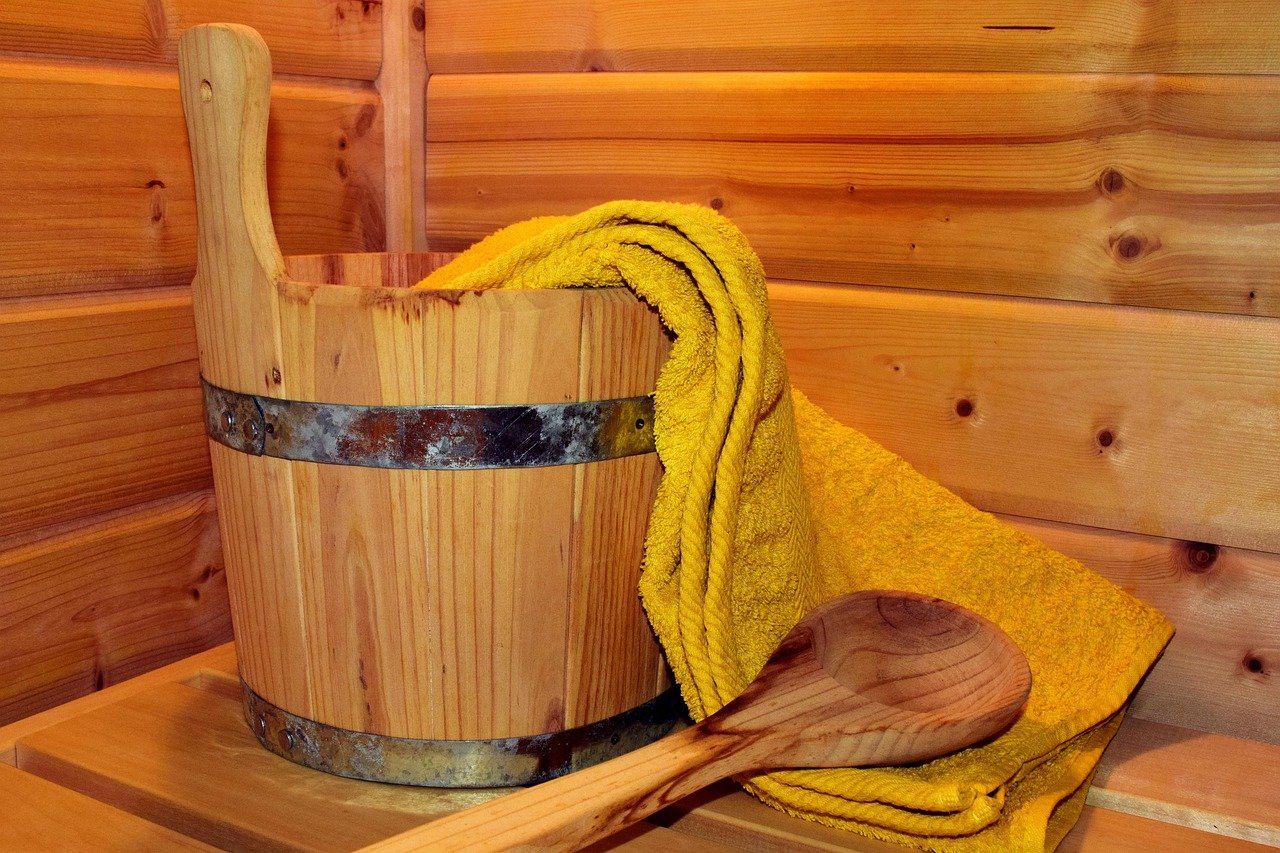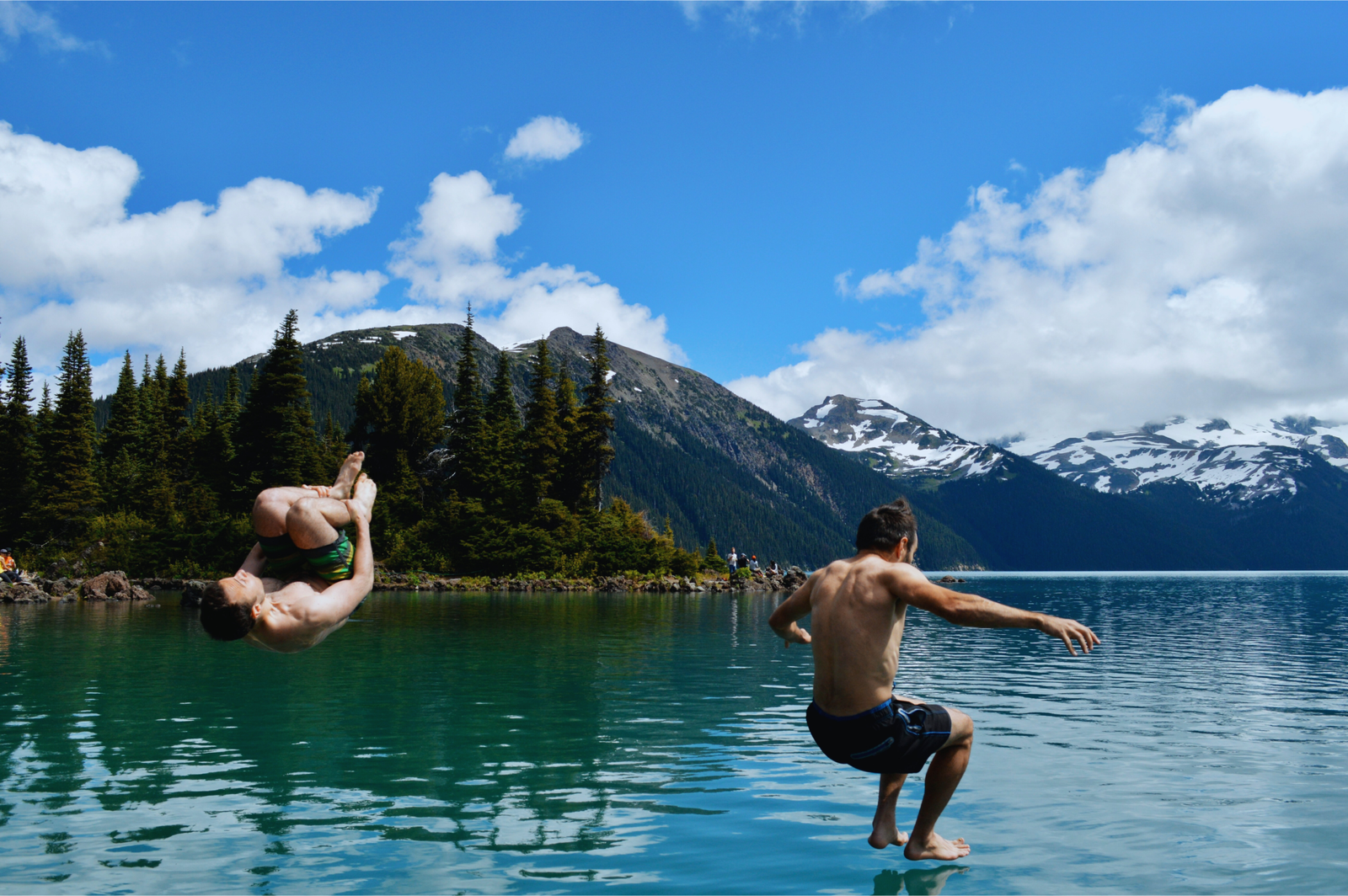The Surprising Benefits of Shivering

Key Takeaways:
- Shivering helps your body generate heat through thermogenesis, mainly through muscle contractions, while brown fat also burns energy to keep you warm.
- It increases metabolic activity and energy expenditure, similar to exercise.
- Regular cold exposure with shivering improves glucose tolerance and insulin sensitivity.
- Shivering triggers processes that improve metabolic and cardiovascular health.
Shivering is often seen as an uncomfortable response associated with being dangerously cold that should be avoided at all costs. But what if I told you that it actually has significant health benefits?
In this article, we’ll explore the science and benefits of shivering and how embracing it can help you become a more robust person.
Why do you shiver?
Shivering can begin within seconds of significant cold exposure to help the body maintain homeostasis—in other words, it keeps you alive when your body is at risk of freezing.
This evolutionary adaptation has kept humans alive throughout history, but because shivering is an autonomic response—meaning it happens without conscious control—it can feel unsettling.
Here’s what happens in the body:
- Cold receptors in the skin signal the hypothalamus (the brain’s temperature regulation center) to activate brown fat and trigger muscle contractions.
- Brown fat produces heat through non-shivering thermogenesis, burning stored fat and sugar at the mitochondrial level. These fat cells are “brown” because of their high density of mitochondria, which act like tiny heat engines.
- Shivering thermogenesis, on the other hand, relies on muscles rapidly cycling through contraction and relaxation, generating heat as byproduct of increasing metabolic activity and fat-burning efficiency over time.
But if shivering helps burn fat and temporarily boost metabolism, does it keep working forever, or does the body adapt and make it less effective over time?
Does Deliberate Shivering Lose Its Effectiveness Over Time?
Yes, but it depends on how often you do it. As your body adapts to cold, it learns to use less energy, which can reduce the benefits accrued over time. However, regular shivering improves your body’s ability to regulate temperature.
Shivering for an hour every day may lead to diminishing returns, but spreading that time over a week supports cold acclimation, where the body learns to generate heat through non-shivering thermogenesis rather than relying solely on energy-costly muscle contractions.
Although you might burn slightly less fat over time, the improvements in metabolic health and resilience still make it worthwhile.
Metabolic Benefits
Shivering does more than warm you up. Here’s what else it can do:
- Increases insulin sensitivity: Improves how muscles and cells respond to insulin, reducing the metabolic dysfunction present among adults with excess body mass and above normal blood pressure.
- Improves glucose tolerance: After 10 days of cold exposure with shivering, participants showed:
- 6% lower glucose levels during an oral glucose tolerance test.
- 3% decrease in fasting plasma glucose levels.
- 11% reduction in 2-hour glucose concentration.
- Enhances lipid metabolism (better heart health):
- 14% reduction in free fatty acids (NEFA AUC).
- 32% reduction in fasting triglycerides.
- Lowers blood pressure:
- 10 mmHg decrease in systolic blood pressure.
- 7 mmHg decrease in diastolic blood pressure.
- For context, reductions of this size are rarely seen outside of isometric exercise training, which typically requires weeks of consistent practice. However, this was a pilot, non-randomized trial, so results should be viewed cautiously. Interestingly, the study also showed a reduction in fat oxidation, suggesting the body became more metabolically efficient.
Regular cold exposure makes the body more energy-efficient. These results come from a small study without a control group, so they’re not definitive proof—but they do suggest shivering may strengthen the body at the cellular level.
Shivering On The Cellular Level
Shivering places the body under a unique form of stress, different from exercise or heat exposure, but still capable of triggering beneficial adaptations. This healthy stress (hormesis) makes cells stronger and more adaptable.
Over time, this strengthens your body’s ability to handle stress, whether it’s extreme temperatures, physical exertion, or even daily challenges like fatigue and mental strain.
Just like exercise builds strength, controlled cold exposure and shivering make your body more resilient.
Dr. Susanna Søberg: “The more exposure your muscles and brown fat cells get to these kinds of healthy stresses, the better they become at activating and keeping you healthy.”
How to Shiver Safely
Knowing when shivering is helpful and when it becomes risky can be tricky. The key is to keep it intentional but not excessive—shivering should never push you toward hypothermia.
A good rule of thumb is to let your body shiver naturally but not to the point of uncontrollable shaking or intense discomfort.
Shivering often kicks in after you leave the cold due to afterdrop, when your core temperature keeps dropping even after the exposure ends.
This is normal, but warming up too quickly can interfere with the process. Instead, let your body reheat gradually.
How to Maximize the benefits
There isn’t a strict formula, but research suggests that short, controlled bouts of shivering—totaling around an hour per week—can maximize benefits without leading to adaptation too quickly.
- The key is to induce shivering without extreme discomfort by exposing yourself to cold in a manageable way. This is where water chillers can help.
For example, sessions of 3-15 minutes in cold conditions that trigger shivering (such as cold plunges, cold showers, or outdoor exposure) a few times a week can stimulate brown fat activation, improve metabolic function, and strengthen resilience.
Doing it every day may reduce benefits as the body adapts, so spacing it out helps maintain effectiveness.
Conclusion
While it might seem like something to avoid, shivering is a natural reaction that may offer unique benefits when practiced safely. Current research is early, and lifestyle factors like exercise, diet, and sleep are proven to deliver equal or greater results.
Still, controlled cold exposure and shivering may provide an additional way to challenge and train the body beyond traditional methods. However, most findings come from small-scale studies. Larger, long-term research with diverse participants is needed to confirm these potential benefits. Until then, these insights should be viewed with healthy skepticism and not as definitive medical advice.
FAQs
Medical Disclaimer
The information contained in this post is for informational and educational purposes only. It is not intended to provide medical advice or to take the place of such advice or treatment from a personal physician. All readers/viewers of this content are advised to consult their doctors or qualified health professionals regarding specific health questions or before embarking on any new health or wellness routine, including saunas and cold plunging. Neither the author(s) nor the publisher of this content take responsibility for possible health consequences of any person or persons reading or following the information in this educational content. All viewers of this content, especially those taking prescription or over-the-counter medications, should consult their physicians before beginning any cold plunging routine or other health or wellness program.








